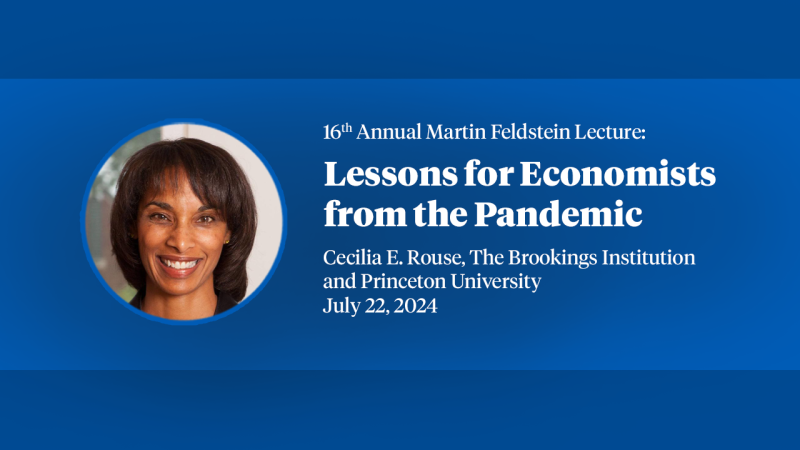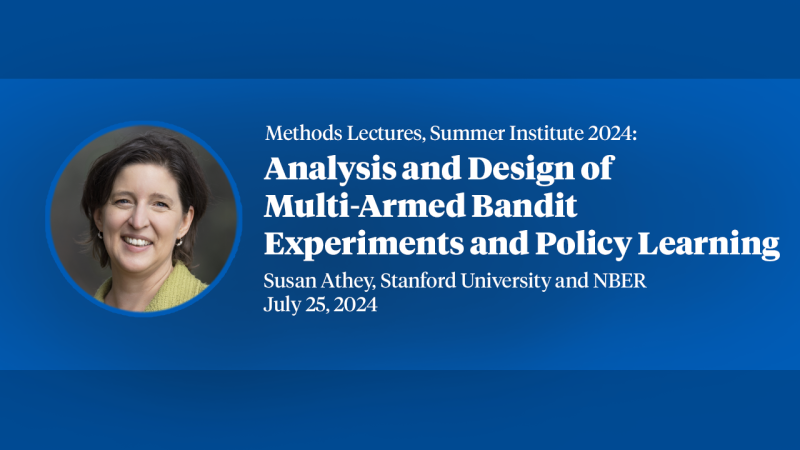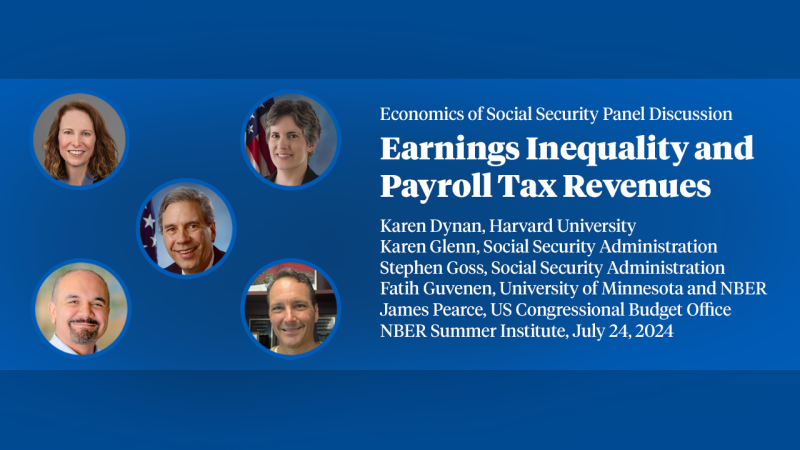A Refreshment Stirred, Not Shaken (III): Can Swapping Be Differentially Private?
The quest for a precise and contextually grounded answer to the question in the present paper’s title resulted in this stirred-not-shaken triptych, a phrase that reflects our desire to deepen the theoretical basis, broaden the practical applicability, and reduce the misperception of differential privacy (DP)—all without shaking its core foundations. Indeed, given the existence of more than 200 formulations of DP (and counting), before even attempting to answer the titular question one must first precisely specify what it actually means to be DP. Motivated by this observation, a theoretical investigation into DP’s fundamental essence resulted in Part I of this trio, which introduces a five-building-block system explicating the who, where, what, how and how much aspects of DP. Instantiating this system in the context of the United States Decennial Census, Part II then demonstrates the broader applicability and relevance of DP by comparing a swapping strategy like that used in 2010 with the TopDown Algorithm—a DP method adopted in the 2020 Census. This paper provides nontechnical summaries of the preceding two parts as well as new discussion—for example, on how greater awareness of the five building blocks can thwart privacy theatrics; how our results bridging traditional SDC and DP allow a data custodian to reap the benefits of both these fields; how invariants impact disclosure risk; and how removing the implicit reliance on aleatoric uncertainty could lead to new generalizations of DP.


